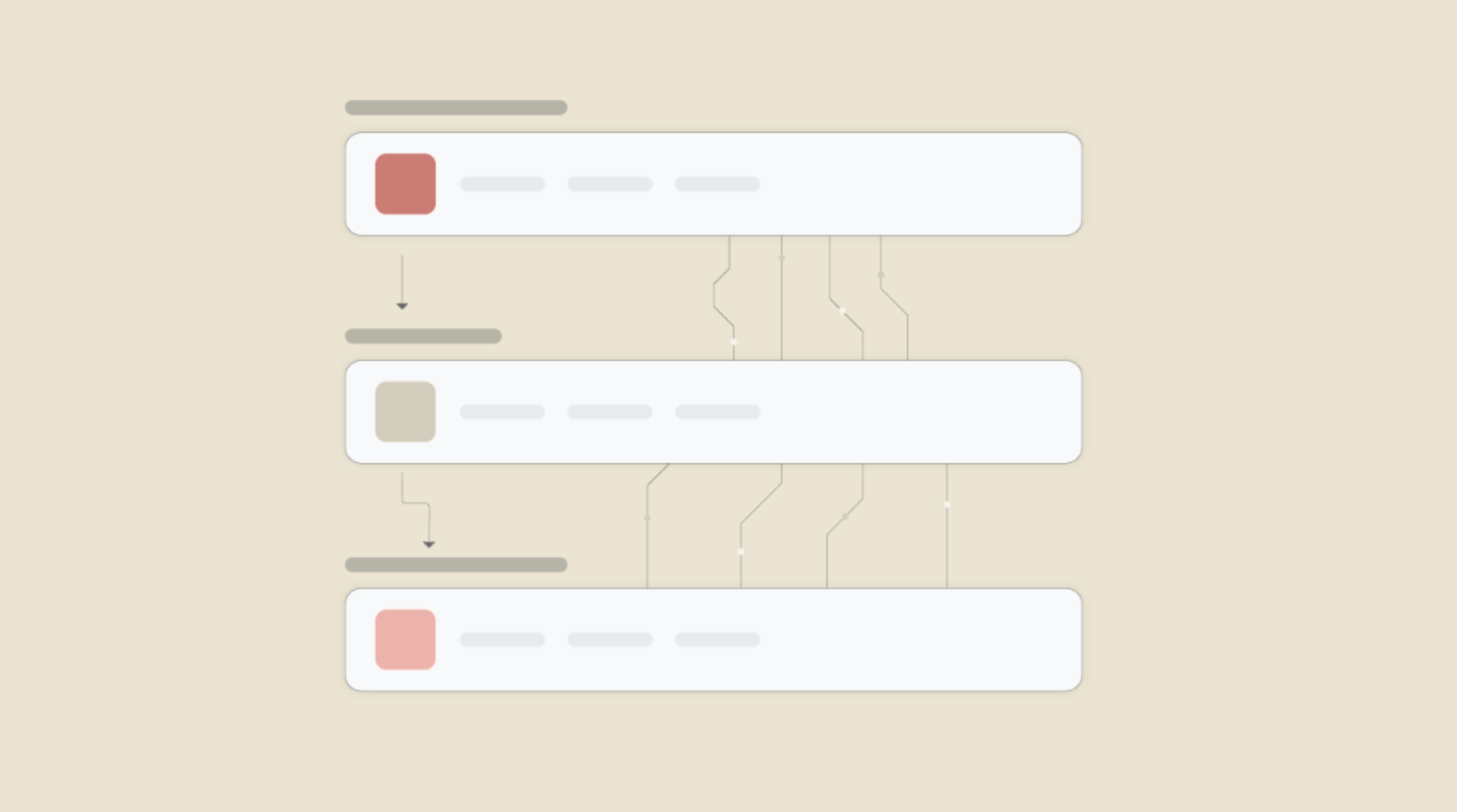Connect Leonardo.Ai and Microsoft Azure Functions to Build Intelligent Automations
Choose a Trigger

When this happens...
- Request a new Trigger for Leonardo.Ai
Choose an Action

Automatically do this!
- Request a new Action for Microsoft Azure Functions
Enable Integrations or automations with these events of Leonardo.Ai and Microsoft Azure Functions
Enable Integrations or automations with these events of Leonardo.Ai and Microsoft Azure Functions
Actions
Generate an Image
Generates new images.
Explore more automations built by businesses and experts
Automate Instagram Comment Replies with Smart DMs
- text is ai
 ReplytoComment
ReplytoComment Send a Private ReplyAdd Step
Send a Private ReplyAdd Step - Is guide comment
 ReplytoComment Guide
ReplytoComment Guide Send a Private Reply GuideAdd Step
Send a Private Reply GuideAdd Step - multi keyword matchcmntdqJzLMYS
 ReplytoCommentMultiKeywordAdd Step
ReplytoCommentMultiKeywordAdd Step
Automate Expense Report Approvals via Slack & QuickBooks
- Send for Approval accept
 Create Entry of expensesAdd Step
Create Entry of expensesAdd Step - Send for reject
 Mail for RejectionAdd Step
Mail for RejectionAdd Step
Automate Instagram DM Replies, Reactions, and Team Alerts
- has response
 SendDMMessageAdd Step
SendDMMessageAdd Step - Notify team
 SendMailAdd Step
SendMailAdd Step - has react
 SendDMMessage ReactAdd Step
SendDMMessage ReactAdd Step
Know More About Leonardoai and Microsoft Azure Functions Integrations

How viaSocket Works | A Complete Guide
Gain insights into how viaSocket functions through our detailed guide. Understand its key features and benefits to maximize your experience and efficiency.

5 Simple Automation Hacks to Make Your Team Free
Unlock your team's potential with 5 straightforward automation hacks designed to streamline processes and free up valuable time for more important work.

What is Workflow Automation - Definition, Importance & Benefits | A Complete Guide
Workflow automation is the process of using technology to execute repetitive tasks with minimal human intervention, creating a seamless flow of activities.
Frequently Asked Questions
To start, connect both your Leonardo.Ai and Microsoft Azure Functions accounts to viaSocket. Once connected, you can set up a workflow where an event in Leonardo.Ai triggers actions in Microsoft Azure Functions (or vice versa).
Absolutely. You can customize how Leonardo.Ai data is recorded in Microsoft Azure Functions. This includes choosing which data fields go into which fields of Microsoft Azure Functions, setting up custom formats, and filtering out unwanted information.
The data sync between Leonardo.Ai and Microsoft Azure Functions typically happens in real-time through instant triggers. And a maximum of 15 minutes in case of a scheduled trigger.
Yes, viaSocket allows you to add custom logic or use built-in filters to modify data according to your needs.
Yes, you can set conditional logic to control the flow of data between Leonardo.Ai and Microsoft Azure Functions. For instance, you can specify that data should only be sent if certain conditions are met, or you can create if/else statements to manage different outcomes.
About Leonardo.Ai
Leonardo.Ai is a cutting-edge platform that leverages artificial intelligence to enhance creativity and design processes. It offers tools for generating innovative designs, automating creative tasks, and optimizing workflows for artists and designers.
Learn MoreAbout Microsoft Azure Functions
Microsoft Azure Functions is a serverless computing service that enables developers to run event-driven code without having to explicitly provision or manage infrastructure. It allows for the execution of code in response to various triggers, such as HTTP requests, database changes, or message queue events, making it ideal for building scalable and efficient applications.
Learn More